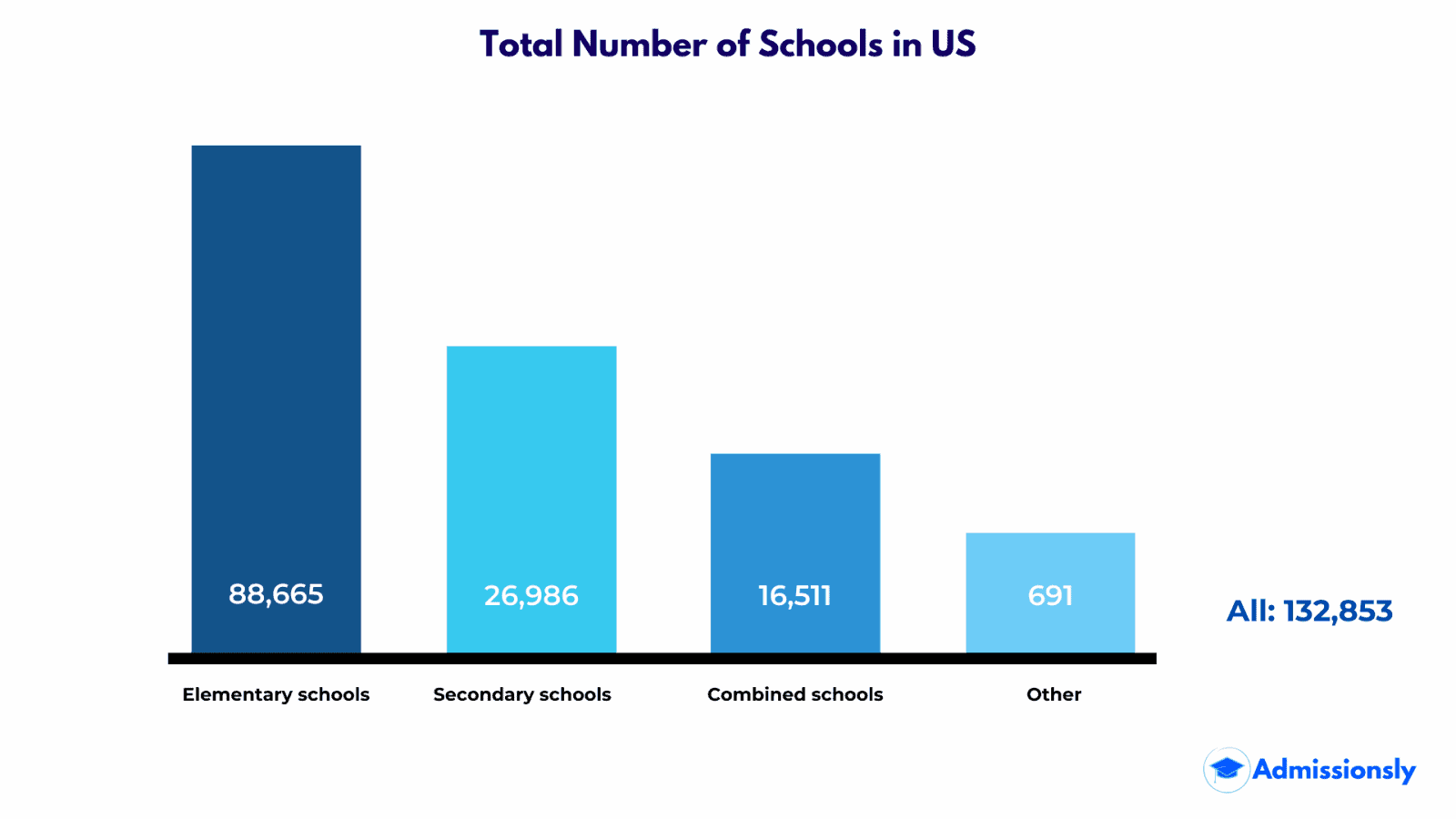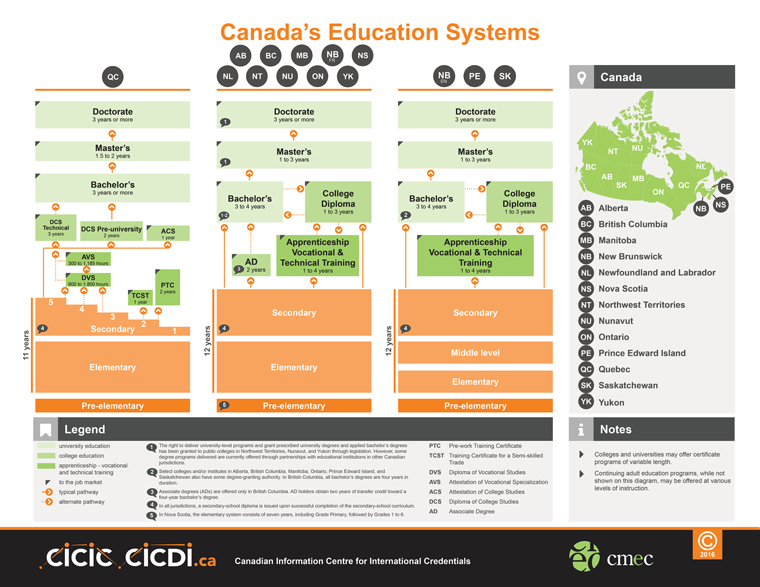Part
01
of one
Part
01
Education Sector Research
Key takeaways
- There are 130,930 K-12 schools in the U.S., 15,550 in Canada, and approximately 500,000 in Europe (EU).
- There are roughly 4,000 colleges and universities in the U.S., 465 in Canada, and 13,723 in the EU region.
- The estimated numbers of K-12 classrooms in the U.S. are 2.82 million, Canada 234,286, and the EU region 3.81 million.
- Similarly, the estimated numbers of lecture halls are 1,094,445 in the U.S., 107,500 in Canada and 1.167 million in the EU region.
- The Total Swimming Academies under the The School Pool Legacy Fund launched a £1 million fund to improve pool facilities in schools across the UK.
- The Start Strong Free Preschool is a preschool funding program implemented by the Australian government to provide additional funding to community and mobile preschools in Australia.
- This GPE Education in Crisis Funding Program targets learners affected by conflicts
Introduction
The task herein involved determining the number of (a) K-12 schools, (b) universities/colleges, (c) K-12 classrooms, and (d) higher-education classrooms/lecture halls in the following countries/regions — the United States, Canada, and Europe.
The findings are as presented below
Research findings
The United States
(a) Number of K-12 schools
- As of 2020, there were 130,930 K-12 schools in the United States according to the National Center for Education Statistics (NCES). This means that, on average, each state has roughly 2,618 K-12 schools.
- Of these, 26,986 are high schools, 88,665 elementary schools, 16,511 combined schools, and 691 schools categorized as 'others.'
(b) Number of universities and colleges
- According to the U.S. Department of Education, there are roughly 4,000 universities and colleges in the U.S. Out of these, 1,625 are public four-year and two-year colleges, 1,660 are private non-profit four-year and two-year schools, and 697 for-profit schools.
(c) Number of K-12 classrooms
- The research team (RT) employed a logical approach to determine the number of K-12 schools in the U.S. The variables involved in this triangulation include the average number of students per classroom (in OECD countries), the total number of K-12 students, and the total number of K-12 schools.
- The NCES estimates that in fall 2020, there were 56.4 million students attending elementary and secondary schools in the U.S. Of these, 50.7 million were in public schools, while 5.7 million attended private schools.
- According to OECD standards, the average classroom size is 20 students. This would imply that there are approximately 2.82 million K-12 classrooms in the U.S.
(d) Total number of higher education/lecture halls
- The RT employed a similar logical approach to estimate the country's total number of higher education/lecture halls. The variables considered are the same but pertain to higher education institutions alone. However, for higher learning institutions, student to faculty ratio is a vital variable for estimation purposes.
- The NCES projected that in fall 2020, college and university enrollment would be 6% lower than the peak of 21.0 million recorded in fall 2010. This translates to 19.7 million higher education learners.
- The national average student-to-faculty ratio is 18:1, implying that college/university lecture halls contain roughly 18 students. The benefits of having a lower student-to-faculty ratio are obvious. Nonetheless, it is noteworthy that bigger colleges/universities might have larger student-to-faculty ratios.
- If there are approximately 19.7 million college/university students in the country, then it means there are roughly 1.094,445 lecture halls across the country.
Canada
- Below is an overview of Canada's education system
(a) Number of K-12 schools
- Statistics Canada projects that there are approximately 15,500 schools in Canada. Of these, 10,100 are elementary, 3,400 are secondary, and 2,000 are Mixed elementary and secondary schools.
(b) Number of universities and colleges
- Canada has 163 recognized private and public universities and 183 recognized public institutes and colleges. In addition to these, there are 68 university-level and 51 college-level institutions operating as chartered institutions.
(c) Total number of K-12 Classrooms
- To determine the total number of K-12 classrooms in Canada, the RT employed a logical approach that took into account several critical variables such as the total number of students in the country's K-12 education system, the total number of K-12 schools, and the average classroom population.
- According to data obtained from Statista, there were 4.92 million students enrolled in Canada's public elementary and secondary schools during the 2018/19 calendar year.
- As an OECD country, Canada's elementary and secondary classrooms have an average of 21 students each.
- This would imply that the country has approximately 234,286 K-12 classrooms.
(d) Total number of higher education lecture halls
- The RT used the same approach as in the preceding query to determine this value. The variables considered include the total number of higher education learners, the total number of higher learning institutions, and the student-to-faculty ratio.
- According to Statista, the total number of enrollments in Canada's post-secondary learning institutions was 2.15 million in 2019.
- In total, there are some 465 higher learning institutions in the country (the sum of the figures in part (b)). The student-to-faculty ratio is 20:1, meaning, ideally, there are 20 students per lecture hall.
- Therefore, the 2.15 million higher education learners would ideally require 107,500 lecture halls.
Europe
(a) Number of K-12 schools
- According to a 2015 editorial by Sean Cavanagh published in Market Brief, there are 500,000 K-12 schools in the EU region with a student population of 110 million.
(b) Number of universities and colleges
- The number of officially recognized institutions of higher learning in Europe is 13,723 as of 2020. Of these, 2,725 are four-year degree-offering universities. Further, out of the formally recognized 2,725 universities, 1,922 are public, while 777 are private.
(c) Total number of K-12 Classrooms
- The RT was able to deduce this value by considering several key variables, such as the total K-12 student population in the EU and the average classroom population.
- The most recent research on Students and Teachers in the EU shows that there are roughly 76.2 million students enrolled in preschools and schools in the EU region.
With most EU countries being OECD members, the average number of students per class is 20. This would mean that, in the ideal situation, approximately 3.81 million classrooms would be required.
(d) Total number of higher education lecture halls
The latest statistics on the total population of students in the EU's tertiary education system was 17.5 million in 2018. Considering that the EU region has 13,723 recognized institutions of higher learning and a student-to-faculty ratio of 15:1, on average, it implies that the region has roughly 1.167 million lecture halls.
School funding programs
(a) The School Pool Legacy Fund — UK
- This funding program is the initiative of Total Swimming Academies and aims to "make swimming as accessible as possible to pupils and their local communities." Total Swimming Academies is based in the United Kingdom and is part of The Sporting House Group founded by Olympians Rebecca Adlington, Beth Tweddle, Steve Parry, and Adrian Turner.
- The group's mission is "to break down the barriers hindering children from reaching their true potential." Toward this end, the group launched a £1 million fund to improve pool facilities in schools across the UK.
- The link to the group's website is https://www.totalswimming.co.uk/school-pool-legacy-fund
(b) Start Strong Free Preschool — Australia
- This is a preschool funding program implemented by the Australian government to provide additional funding to community and mobile preschools in Australia. The fund has allocated $150 million in the 2021/22 budget toward this end. The additional funding is expected to augment the existing Start Strong funding allocation.
- In return, beneficiaries are required to provide at least 600 hours of free preschool every year to children between the ages of three and five years enrolled in the service. Currently, there are roughly 45,000 preschoolers in Australia's mobile and community preschools.
- The link to their website is https://www.education.nsw.gov.au/early-childhood-education/operating-an-early-childhood-education-service/grants-and-funded-programs/start-strong-free-preschool#What0
(c) GPE Education in Crisis Funding Program — Global
- This education funding initiative targets learners affected by conflicts. Approximately 128 million primary and secondary school-going children are out of school in crisis-stricken nations. This makes these children "more vulnerable and at risk of violence, forced labor and permanent displacement" without any guarantee of resuming school when they get to a safer destination.
- GPE aims to ensure that children have access to education during conflict and crises. Further, it seeks to protect their rights and instill a sense of normalcy while fostering resilience, tolerance, and inclusion in addition to supporting long-term recovery and peacebuilding processes.
- From 2003, the fund has received $7 billion from 29 donors across the globe. Since its inception, the sub-Saharan Africa region is the biggest beneficiary of this fund, having received over $4.9 billion.
Research strategy
The research team triangulated some information presented in this report using a logical approach that incorporated hard data already precompiled in the sources used herein. In particular, establishing the total number of K-12 classrooms and college/university lecture halls across the specified countries was only possible via precise triangulation. This involved using existing hard-data values and carrying out simple but necessary calculations to arrive at logical conclusions.


